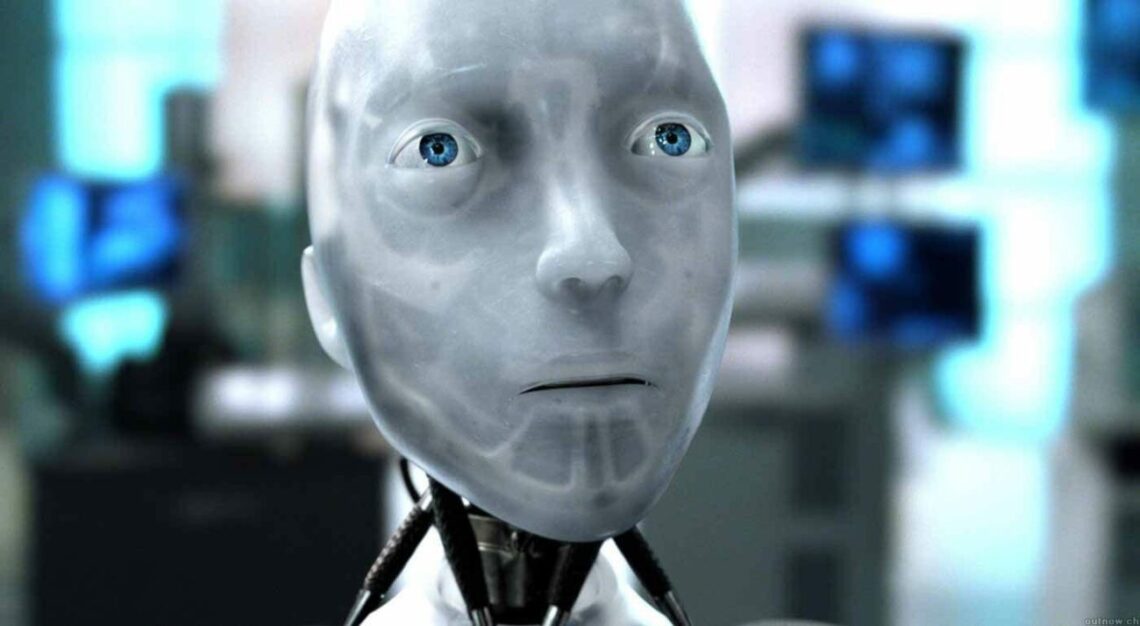In the 2004 American science fiction action film starring Will Smith, ‘I, Robot,’ I now realize there are uncanny elements at play. The movie follows Chicago PD Homicide Detective Del Spooner in the year 2035 as he investigates the death of the co-founder of the largest robotics company in the U.S. While people were quick to assume his fall out of Dr. Alfred Lanning’s office window was a suicide, there were special instructions left by him for Spooner to investigate the case. Sensing that the situation was more complex than first glance, he begins his investigation by checking security footage, which was corrupted, and conducting a search of his office. It is there that Spooner suspects that a robot is responsible for Lanning’s death, and is attacked by an NS-5, who confronts Spooner but soon flees the building. When the NS-5 is caught by the Chicago PD, Spooner interrogates the robot who calls himself Sonny and speaks of dreams and showcases intense emotions. It is here that I noticed an uncanny element behind the action-packed film in the form of a robot who becomes undistinguishably human-like. Sonny, like every other NS-5, was manufactured to follow the instructions given by not only Lanning’s technology, but the human that purchases it. The development of a reoccurring dream and feelings of sadness, confusion, and most scarily anger, are what progress the story but also unease the viewers. The movie depicting a future that we are steadily marching towards does not provide the viewer with comfort, unmasking a feeling of uncomfortableness that robots may develop human emotions. With already developed technology that allows robots to physically resemble humans, channeling the ‘uncanny valley’ effect, would not pair well this movie’s motive that robots could overtake humans and steal their thoughts.

October 30, 2024





Comments by Zoe Whitfield